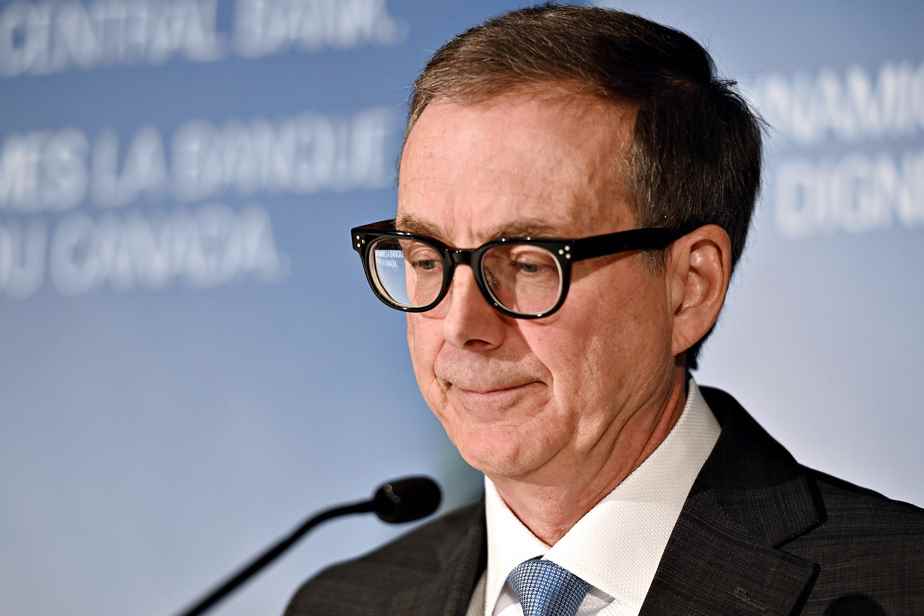(Ottawa) The Bank of Canada has the firm intention of bringing the inflation rate back to the 2% target within the next 12 months. If the horse medicine that has been administered to the Canadian economy so far does not have all the desired effects, it will not hesitate to decree a new increase in the key rate, said Thursday the Governor of the Bank of Canada, Tiff Macklem.
The Bank of Canada gave its monetary policy a final tightening in January by raising the key rate by 0.25% to 4.5%. This was the eighth consecutive increase since last March. In her report, she indicated that she would take a break to analyze the impact of her decisions on the Canadian economy.
“It’s a conditional recess,” said Governor Macklem, who testified before the House of Commons Standing Committee on Finance for 90 minutes along with Deputy Governor Carolyne Rogersl.
“Inflation in Canada has slowed, but it is still too high,” he argued, recalling that the rise in prices had fallen from a peak of 8.1% in June to 6.3% in December. .
The Bank of Canada expects the inflation rate to slow to 3% by mid-year and return to the 2% target in early 2024 as a result of decisions made over the past year. It also expects almost zero growth during the first three quarters of the year.
“If the evidence accumulates and shows that inflation is not slowing at the rate we have expected, we are ready to tighten our monetary policy further,” said the big boss of the Bank of Canada.
Mr. Macklem noted that the decline in inflation so far is mainly due to lower energy prices, especially gasoline, and improved global supply chains. The rise in durable goods prices also moderated. But this is not yet the case for food prices and many services.
The Bank of Canada therefore remains on the lookout while inflationary pressure persists. Especially since the Canadian economy continues to show signs of overheating and a historically low unemployment rate.
“The Canadian economy is still overheating and excess demand remains clear. This continues to put upward pressure on many prices in Canada. […] The number of vacancies has fallen slightly, but remains high. The unemployment rate is near a historic low and many businesses continue to report labor shortages. Overall, tight monetary policy is helping to rebalance supply and demand,” he noted.
Certainly, the drop in the inflation rate gives “a bit of respite” to Canadians who are having difficulty making ends meet. But Mr. Macklem maintained that an inflation rate of 6% remains “too high” and that the Bank of Canada will continue to use its main arsenal – the key rate – as needed if circumstances require it.
Invited a few times by Conservative MPs to comment on the effect that an increase in federal government spending can have on inflation, the governor was cautious. He argued that the Bank of Canada’s projections take into account the spending announced so far by Ottawa and that a budget that would have the effect of fueling demand would be inappropriate. Targeted aid to give a boost to the most vulnerable people is, however, a necessary measure, according to him.
He refused to go any further, despite repeated questions from elected Conservatives. “The government sets tax policies. We deal with monetary policy,” he said.
